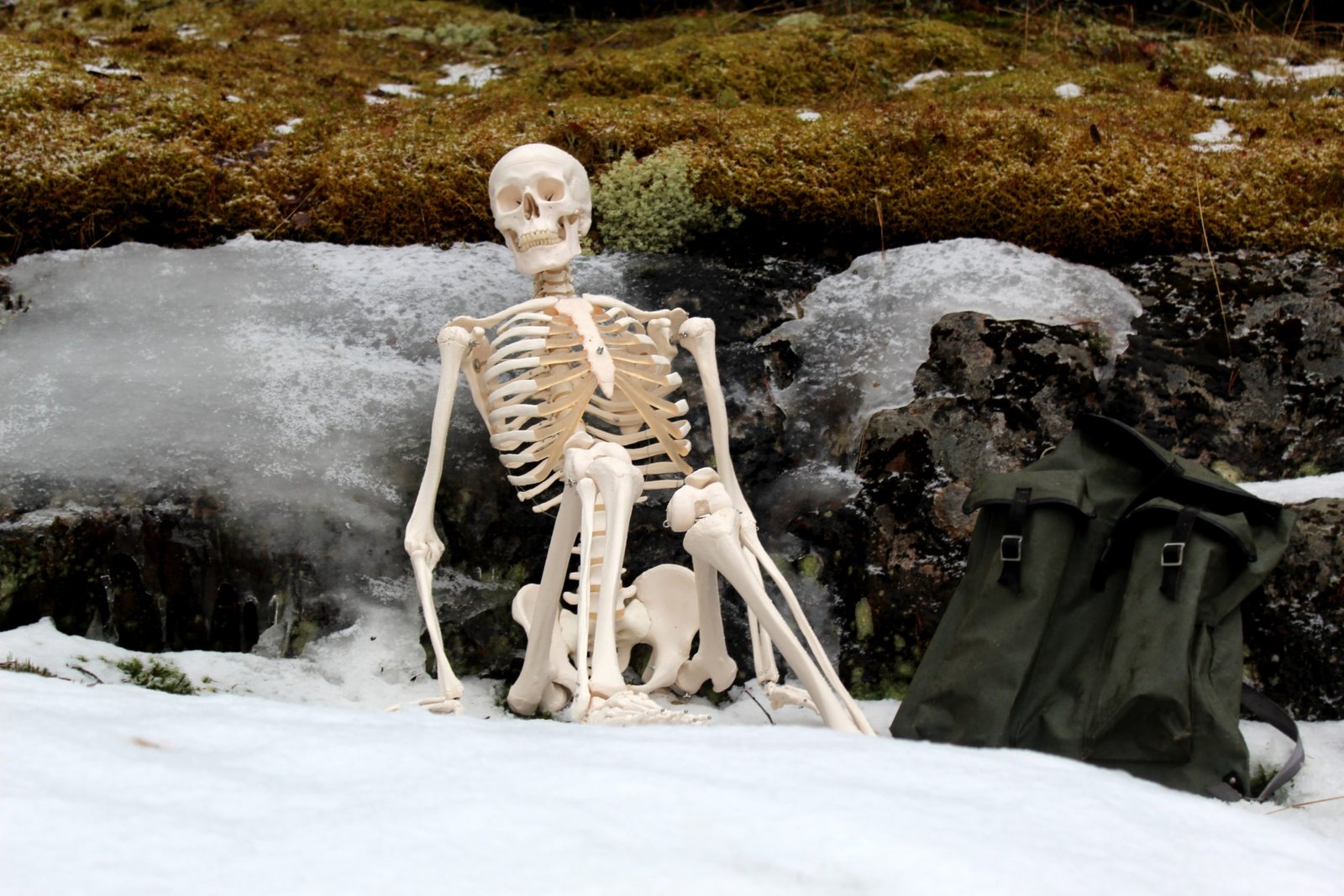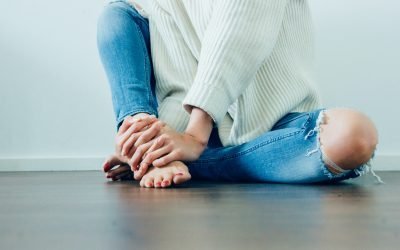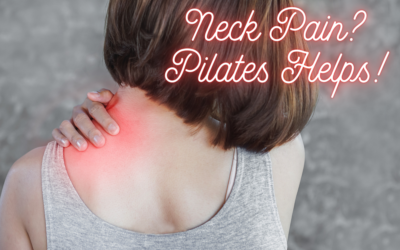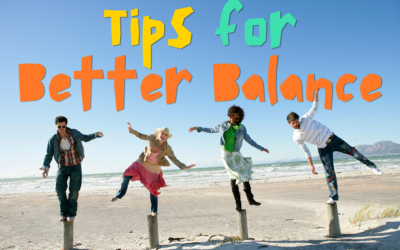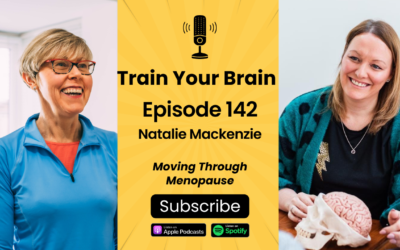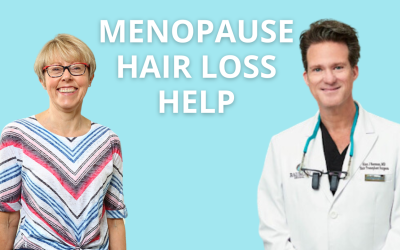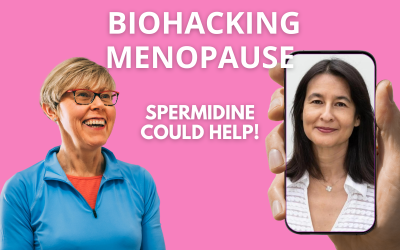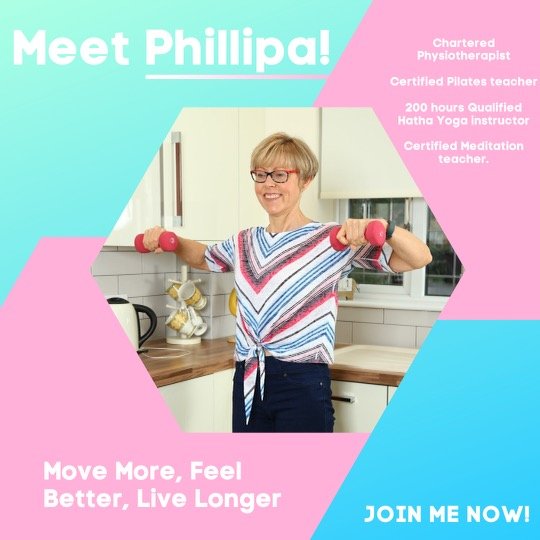If you are ‘stiff in the hips’ spending time on the floor is something that may not be totally comfortable (understatement). Spending time on the floor is something that modern living is driving towards extinction, unless of course you are interacting with children; who you may notice are perfectly happy playing on the ground.
The ability to get on and off the floor unaided is a fundamental movement skill that is worth preserving not least because you never know when you might end up needing to get up off the ground. So whether it’s building lego with the kids/grandkids or retrieving the remote from under the coffee table, it’s rather nice to have the option whether to get on and off the ground even if you need to ‘humph’ a little or rest a hand on the knee.
This year why not remove this skill from the endangered list and set yourself a goal to master the sitting rising test in 2023. The Sitting Rising Test has been suggested as a way to assess the components of musculoskeletal fitness. Not only that but it has been shown to be a fairly accurate predictor of longevity. Yes you heard me right. Stronger people live longer!
I have put together a playlist of My 25 Movement Hacks to help you revive this skill and make 2023 your year to discover the freedom that strength and suppleness bring. Read on to understand how supple hips will help!
Your Hips don’t Lie!
We’re not born with tight hips — look at any toddler if you want proof. So what happened to make us all so hip-immobile? I’ll give you three guesses…

We simply spend far too much time sitting; immobile and inactive. The sitting position weakens the glutes and tightens the hip flexors, as you can imagine, having a tight muscle or group of muscles can impede full range of motion. This loss of range results in movement compensations most commonly in the lower back and the knees. Thus, improving your hip mobility will not only increase ‘athletic performance’, but can also help prevent lower back pain and reduce your risk of injury. Even with regular work, it is likely to take three to four weeks for you to see some real results.

What can we do to restore hip mobility?
The Four Stretch (Day 18) can help keep your hips and glutes healthy and mobile. There are six different muscles that are stretched when performing it, the piriformis, gemellus superior, obturator internus, gemellus inferior, obturator externus, and quadratus femoris. These muscles work to rotate the thigh outward at the hip joint (external rotation)
The head to knee pose (Janshirshasana) is a seated alternative.
Pesky Piriformis
Piriformis runs from the sacrum out laterally to the top of the greater trochanter on the femur it helps with external rotation of the hip and stability of the hip joint and lifts and rotates the thigh away from the body.
This enables us to walk, shift our weight from one foot to another, and maintain balance. It will work in sports that involve lifting and rotating the thighs; in short, in almost every movement of the hips and legs.
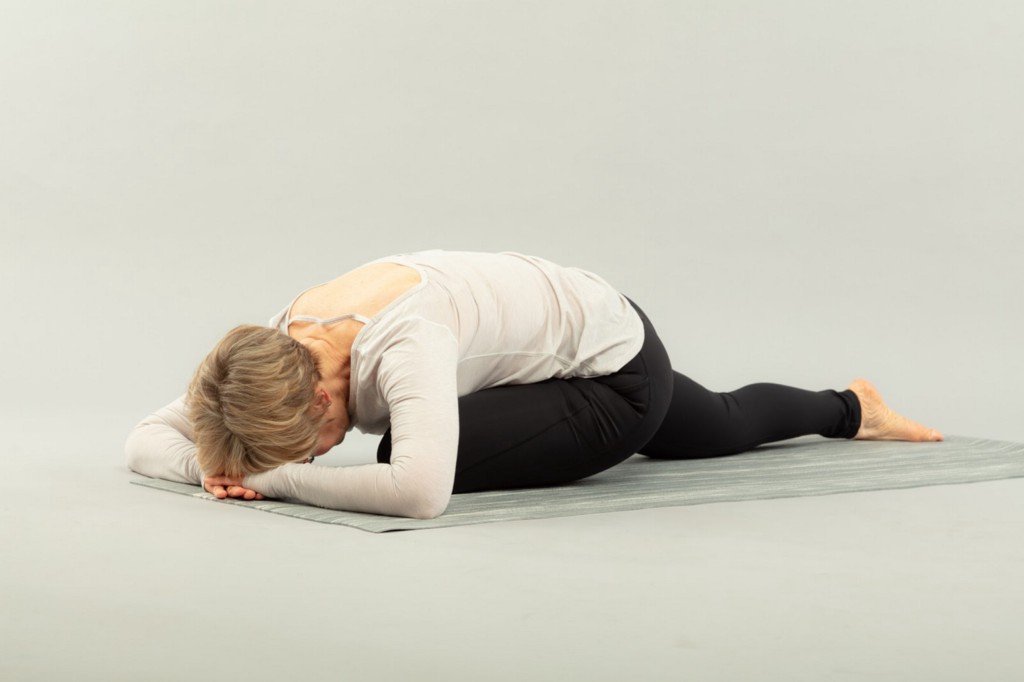
Piriformis syndrome is a condition in which the piriformis muscle spasms and causes buttock pain. This spasm can cause irritation of the sciatic nerve which passes alongside or in some people through the piriformis muscle and can cause pain, numbness and tingling along the back of the leg and into the foot.
Treatment of this condition is by Physiotherapy and often includes a combination of soft tissue release techniques, stretching tight tissues, strengthening exercises and movement re-education.
Happy Hamstrings?
So, why do we stretch any of our muscles? Well, there are plenty of good reasons to stretch.
- Your sport requires you to be flexible eg gymnastics, ballet, Pilates, Yoga
- You are rehabilitating an injury and need to return normal/full range of motion to a joint/muscle
- You have over-shortened muscles that are causing abnormal movement and/or pain
- It feels good!
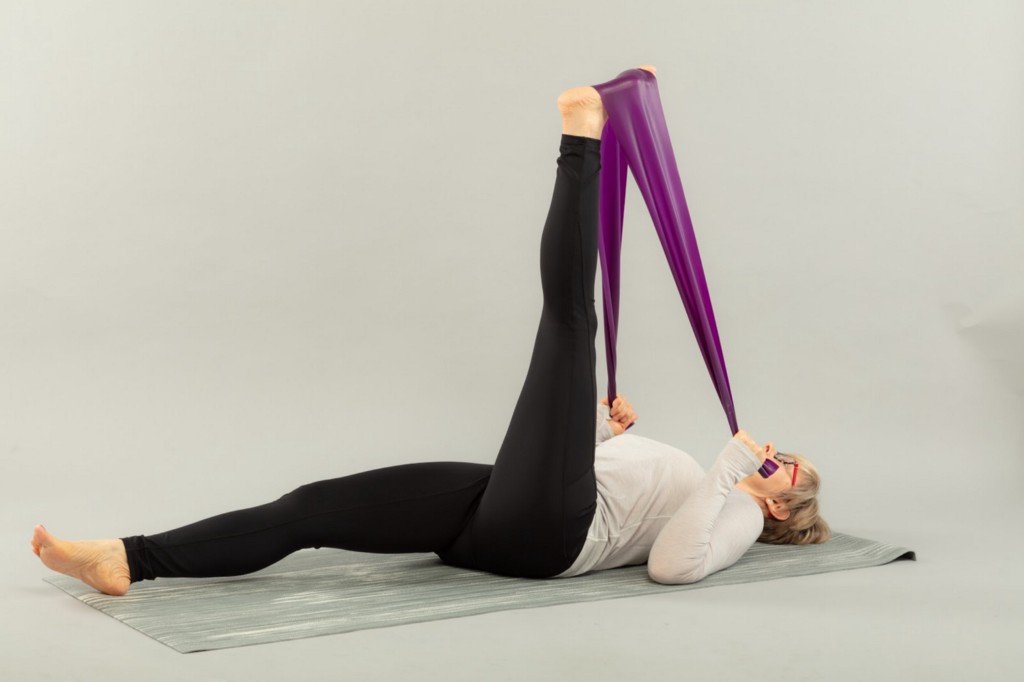
While the benefit of stretching before and after workouts is up for debate, joint mobility is a requirement for overall physical fitness, especially if you want to bend down to pick up that pesky paperclip.
Our sedentary lives restrict our physicality so stretching is good for overall health, as it improves our overall flexibility which preserves our function such as getting on and off the floor and can help prevent injury. Stretching the hamstrings will help to keep them flexible, which can help improve posture and prevent lower back pain.
Prevent Groin Strain
Hands down my most problematic ‘sports injury’ was a groin strain sustained during a particularly competitive bout of the ‘Cereal Box Game’. Ok so it’s not a sport and although I was a little ‘sedated’ at the time, the following morning I was definitely feeling the effects.
A groin strain results from a sudden lengthening of the adductor muscles beyond their normal length. This occurs frequently in sports that involve rapid stop/starts and change of direction eg hockey, soccer, and football where goalies are particularly susceptible.
The adductor group of muscles makes up most of the mass on the inside of the thigh. These muscles mainly work to move the thigh bone towards the midline of the body. The adductors are called Pectineus, Adductor Brevis, Adductor Longus, Adductor Magnus and Gracilis.
Inadequate warm up, poor core stability, adductor muscle tightness, and poor technique can all predispose you to a groin strain. By ensuring adequate lengthening or stretching of the adductor muscles this allows for greater movement to occur before excessive stress on the tissue and injury.
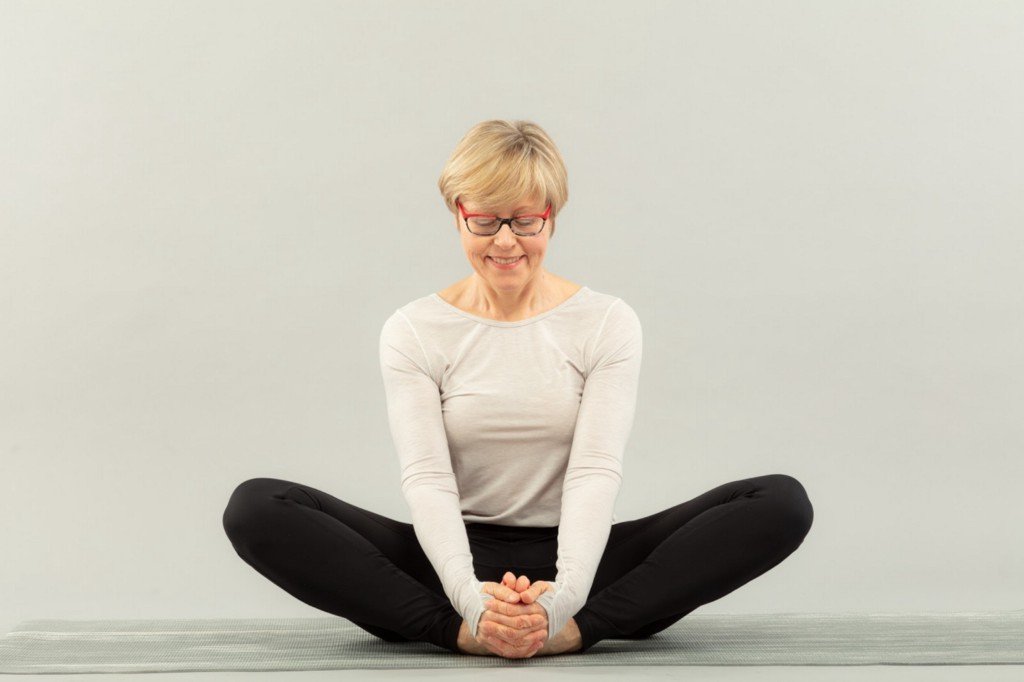
Brilliant Butterfly
Butterfly or Bhadrasana is a calming restful yoga pose which opens the hips and stretches the short adductor muscles. Remember to grab a support to allow the spine to stack as vertically as possible and take the option to support knees on blocks or cushions.
This pose not only stretches the adductors but has been mooted to increase circulation towards the pelvis thus benefiting the ovaries, bladder, kidneys, testes and prostate. It may also help with the pain of menstruation and during menopause.
To access the long adductors stretch the legs long, sit up tall and lean forwards from the hips walking the fingers forwards.
For even more release, opt for a gravity assisted version of this stretch. Come to lie on your back, bend your knees and place the soles of the feet together, so that the feet press against one another. From there allow the knees to open out to either side, still with the feet pressing together. For an even more relaxed and supported experience place a similar sized support under each knee. Hold for 30 seconds to 3 minutes and use your breath to encourage relaxation and release in tight tissues.
Open your hips and unlock your emotions!
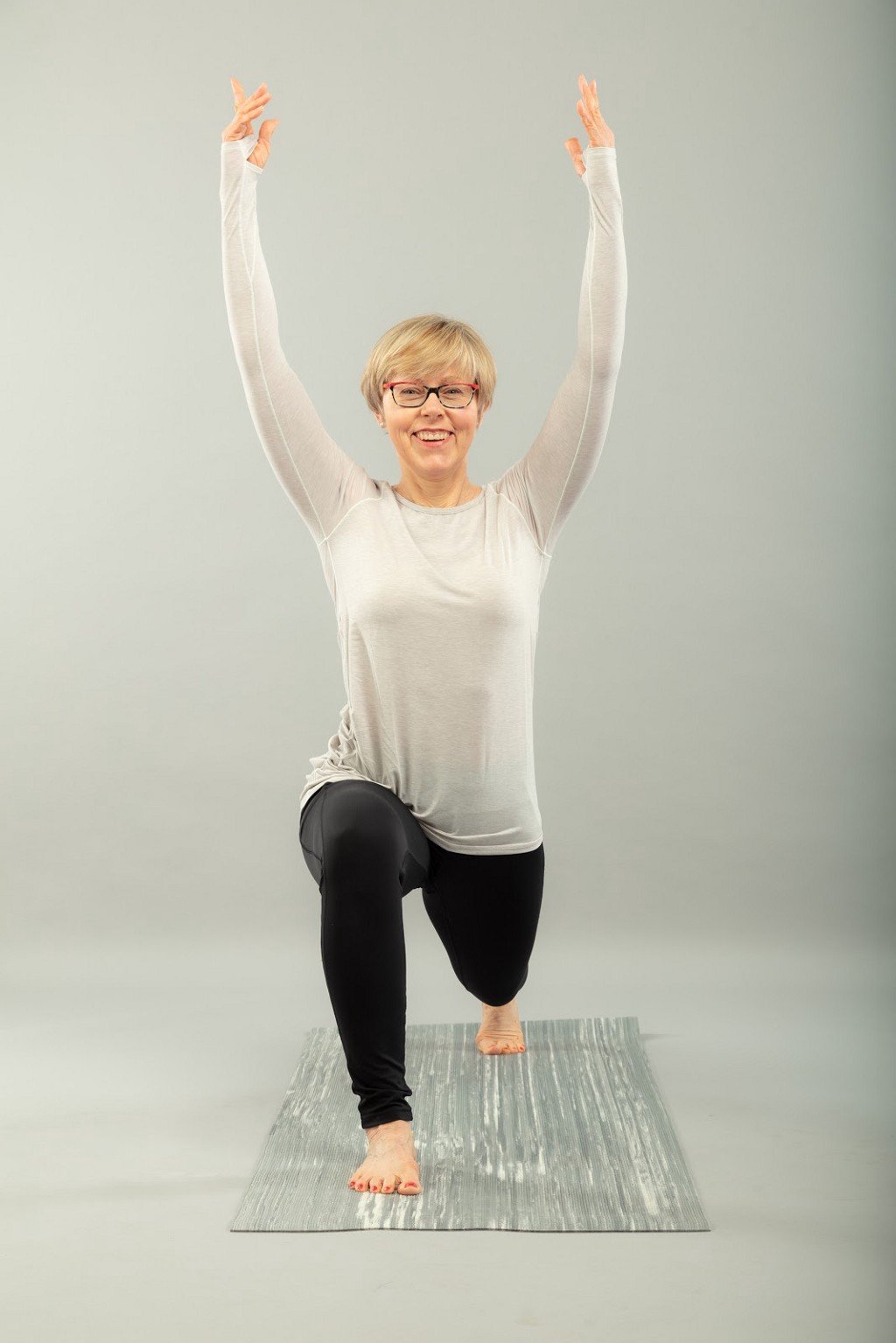
The kneeling lunge or Anjaneyasana is one of the most practical poses for stretching the psoas muscle. The psoas muscle is located in the lower lumbar region of the spine and extends through the pelvis to the femur. This muscle works to flex the hip joint and lifts the upper leg towards the body for example during walking.
Psoas may be responsible for pain described as buttock pain, pelvic pain, or groin pain. Given that iliopsoas (Psoas) is a hip flexor, a history of back pain with walking occurs with psoas syndrome. Pain often occurs with changing of positions such as moving from a sitting to standing position, or result in a difficulty standing upright. Source
The psoas are muscles that originate from the 12th thoracic vertebrae to the 5th lumbar vertebrae on either side, runs through either side of the pelvis, and inserts into the lesser trochanter of the femur. It is the only muscle that connects our torso to our legs.
The psoas is responsible for keeping us upright, the protector of our center of gravity at the very core of our being.
The psoas muscles could well be called the fight or flight muscles of the human anatomy; this is perhaps why it has the capacity to become chronically tight during prolonged exposure to stress and a reason why you may have heard that “hip openers’ in yoga unlock our emotions. The experience of letting go can be quite intense so one should go slowly and allow relaxation of the muscles to be facilitated by slow, deep breathing.
Join our growing online community

Boost your mood, build muscle and bone with my Bone Healthy Pilates Online. We will target the major muscle groups, incorporate the principles of ideal posture and alignment and move with precision and control.
My Hatha Yoga Online sessions will stretch muscles and an opportunity to put your joints through their full range of movement. Moreover the combination of breath-work and guided meditation will moderate brain activity which in turn positively impact the autonomic nervous system reducing overall levels of stress and anxiety.
Make this your year to flourish; we will challenge the balance, strengthen muscles, load bones and improve your flexibility.
Join your first session for FREE.
Bonus Material
Moving Through Menopause Podcast: How is your Balance?
In this Episode I talk to Susan Nightingale, Chartered Physiotherapist and neuro-specialist about better balance. Learn about some simple tips and advice to help you improve your balance.

